( classic )
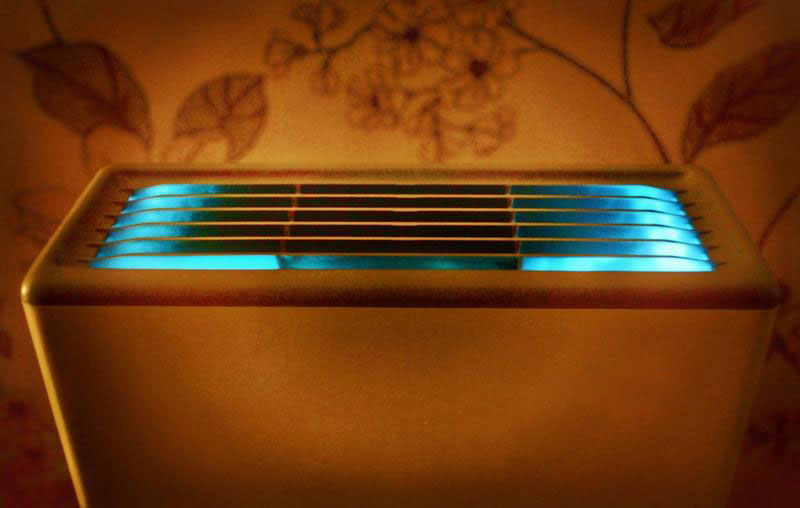
If we approach the topic a little more seriously, then the issue of air disinfection arose in our family much earlier. In general, young children are more prone to colds and other acute respiratory viral infections, and when there are several children, the chance that one will infect the other approaches one. Well, my wife and I sometimes received our dose of viral particles, wiping children's snot and knocking down the temperature at night. Of course, they did not always get sick, but it did happen (I don’t know how normal this is, or we were so unlucky ...). But the children grew up a little, and the issue of normal ventilation in the apartment was successfully resolved , so the problem of organizing the correct quarantine became not so urgent ... until recently, when the second wave of coronavirus (or maybe the belated first) covered Kazakhstan with all its might ...
And at this very moment we decided
And if everything was more or less clear with the supply of medicines and
Sterilize it!
The theory of UV disinfection has been well detailed in a recent article , so I will try not to repeat myself but just go over the top to get the big picture.
Actually, the main issue of the life and death of microorganisms is well reflected in this small graph:
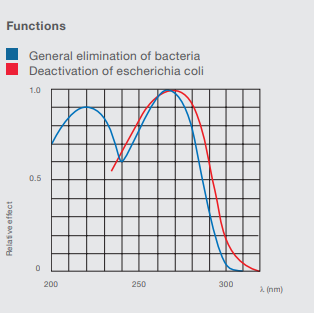
Mortality under the influence of UV radiation of a certain wavelength for bacteria in general (blue) and separately for E. coli (red). [Osram]
Yes, such "rays of goodness" can be safely sent to our one-celled comrades - they will definitely appreciate it. However, hard UV is extremely dangerous for all living things , so when working with it, take care of your skin, eyes, pets and objects - in which case, it will not seem to anyone!
By the way, they don't like any UV monsters either - for some reason I remembered this film from my childhood:
Whoever recognizes a movie without Google is a pie!
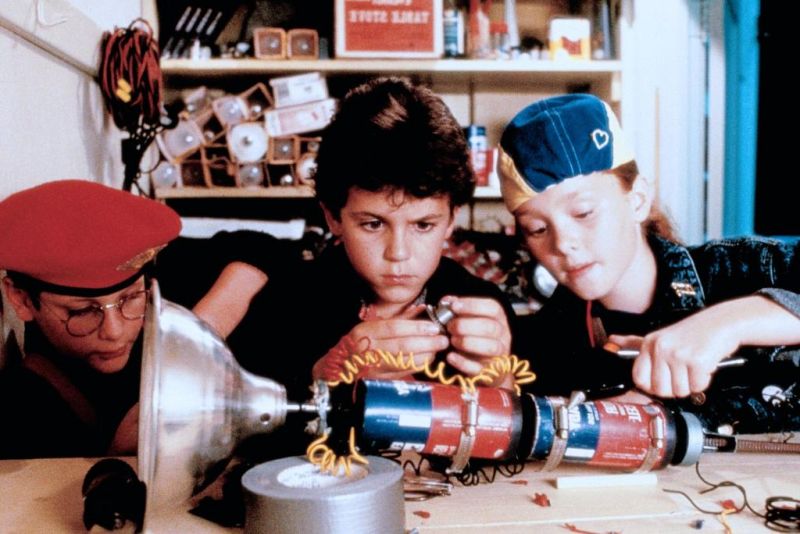

The next point to be noted is that all bacteria, fungi and viruses have different resistance to UV radiation. Therefore, it is important to define the concept of exposure or radiation dose received. In short, the bactericidal dose is the ratio of the energy of the bactericidal radiation to the area of the irradiated surface (or the volume of the irradiated medium). Those. the more we "fry" and the smaller the area this radiation hits, the faster the target microbial community will be reset.
If we talk about air sterilization, then for different types of (medical) premises there are standardized levels of bactericidal effectiveness:
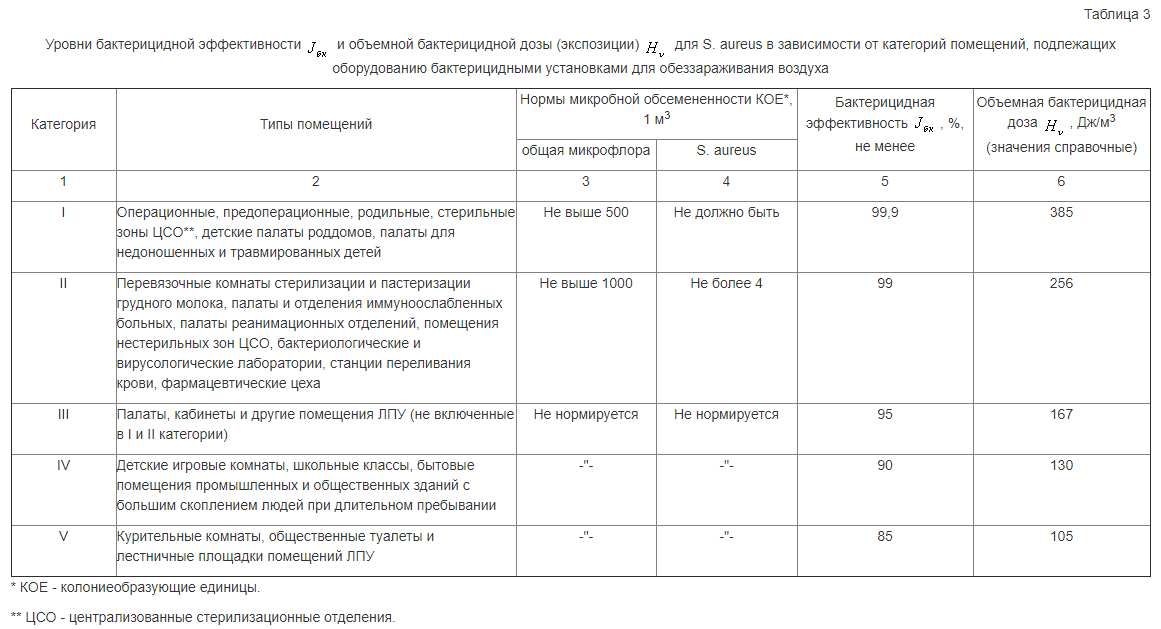
Table from this wonderful document... There is also a detailed calculation methodology and a table of resistance of different types of microorganisms (and viruses, if they are not classified as such).
Staphylococcus aureus was used as a test organism, but influenza viruses (... and coronaviruses? ..) have even lower resistance. The table shows that for residential premises it is quite possible to focus on the III-IV category, i.e. the required bactericidal dose is 167 J / m3 for staphylococcus or 144 J / m3 for influenza virus. For now, let's remember this figure, then we will return to it. For those wishing to delve deeper into the calculations, there is American data with fixed power lamps.
Get to the point!
So, let's leave the theory for now and move on to practice. The task is simple - to decontaminate the air as much as possible in an isolated room (room) where an extremely infectious person with Covid (or any other disease transmitted by airborne droplets) can be. The device must be safe for people, animals and objects, as well as work 24/7 (ie all "quartz" irradiators disappear).

Various options for UV recirculators. Hundreds of them!
After researching the market, I found a suitable device in a company where I took room recuperators a couple of years ago . Because my experience of interacting with them was positive, I decided this thing and try it:
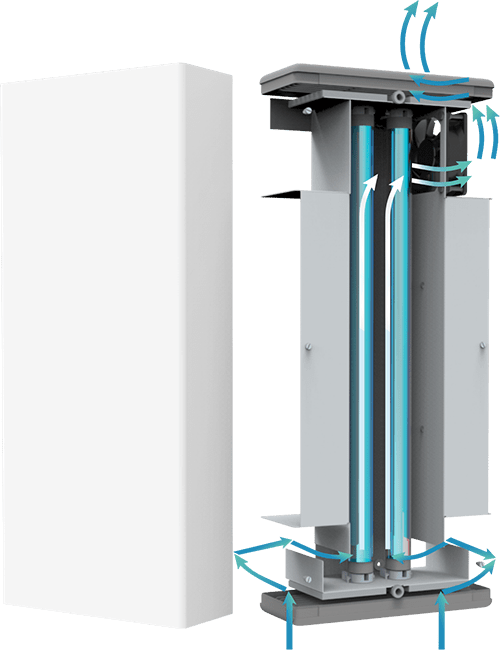
This is such a device, the principle of operation is quite simple. I have a version for 60m3 / h, there is another version for 120m3 / h - there are also +2 lamps and +1 fan
It can be installed in any position, even on a mobile trolley (the dream of a paranoid covid is to carry your own air disinfectant ...) .
The design is simple
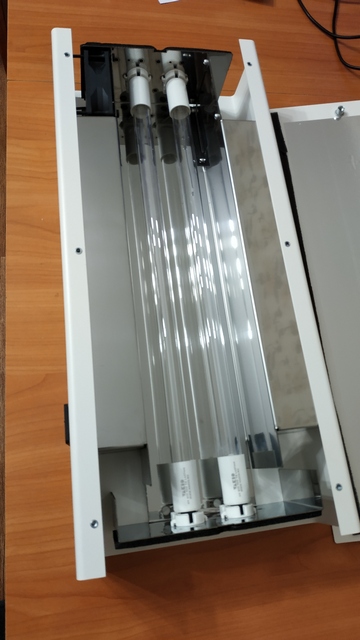
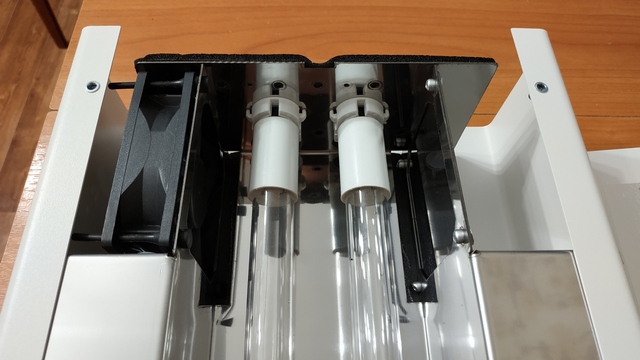


There is a lot of polished stainless steel inside. This is important because the reflectivity of the coatings affects the bactericidal efficiency of the recirculator (more internal reflections - more fully available UV radiation is used):
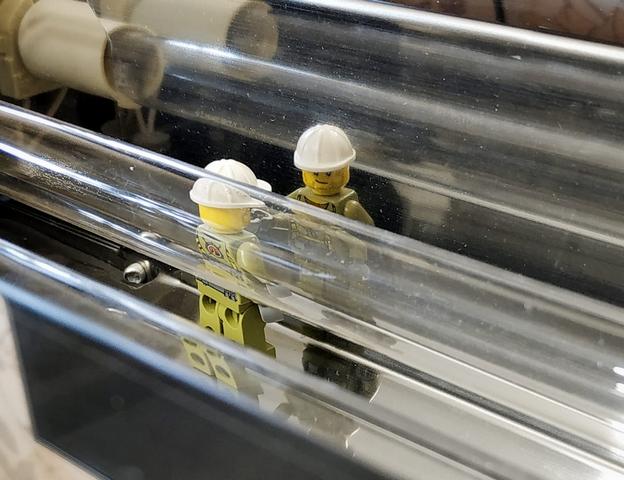
Not an ideal mirror, of course, but very good. Little Engineer appreciated.
The downside of such a good polish is that the residual radiation leaks out a little. Not much, but still you shouldn't remove the deflector grille and look inside:
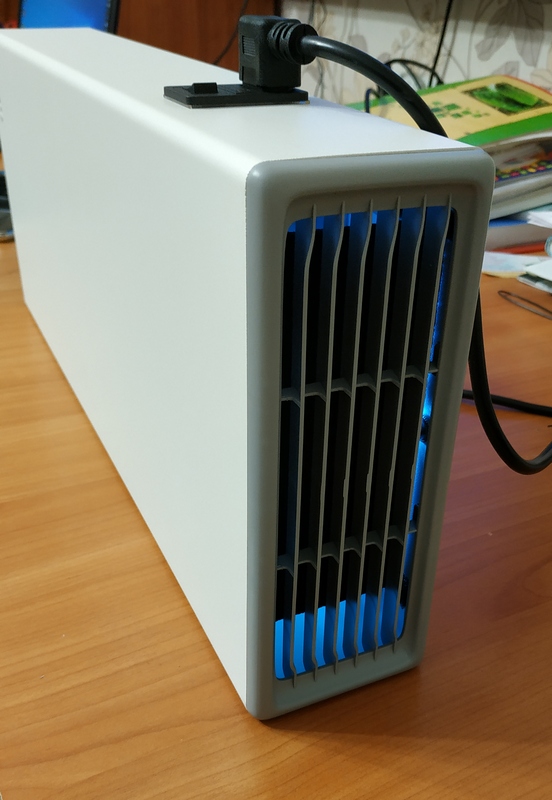
It makes a lot of noise. The fan is clearly audible, even though it hangs on rubber bushings. The manufacturer claims less than 45 dBa, for some it will be a lot. But I think that in a real need, noise will be the lesser evil. Although - as anyone ...
Trust but verify!
I could not get to the power section, the entire inner part of the device is a solid sheet of metal, cleverly cut and bent like a cardboard box. Well, everything is fastened with rivets. But I still found out that the power unit is an electronic ballast (ECG), NB-ETL from the Navigator is used here, like this: The
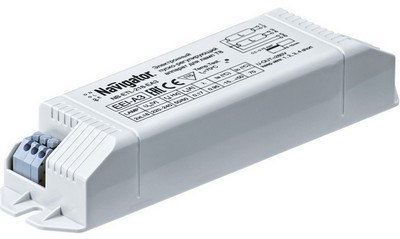
fan, as far as I could find out, is used in the device like SUNON MA2082HVL
Performance / Head
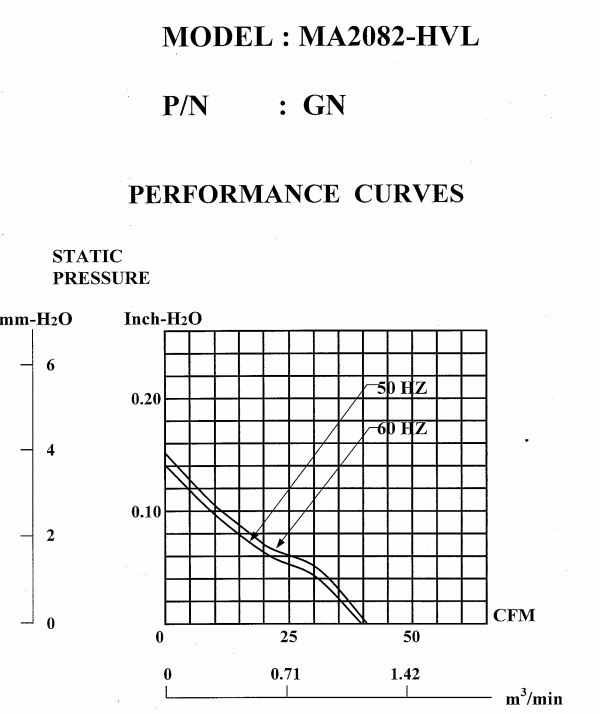

I decided to check its actual performance. True, the fan itself is located immediately behind the deflector grille, and creates a highly turbulent flow:

Therefore, for more or less correct measurements, we had to scrape together an air duct to equalize the flow (to make it laminar): The
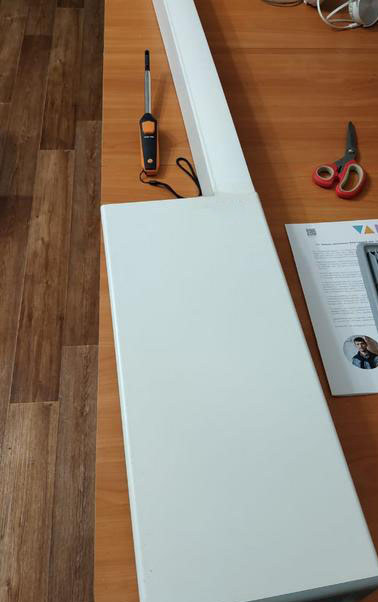
measurement was carried out at a distance of 1.5 m from the fan.
Measurement results
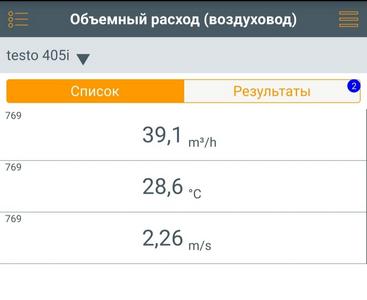

Total, intentionally a little less than 40m3 / h. Less than stated, which is pretty weird. Given the characteristics of the vent, the actual capacity should be in the region of 50-60 m3 / h.
In general, I had to choose a version for 120 m3 / h, especially since it is not much more expensive at a price. Well, okay, this performance should also be enough for my tasks.
Everything is easier with lamps - 2 or 4 pieces of HNS 15 W G13 OFR from Osram are used. The OFR version is ozone-free lamps, which is the right choice for a recirculator (ozone is toxic, although it increases the disinfection effect). Most of the lamp radiation is at ~ 254 nm:
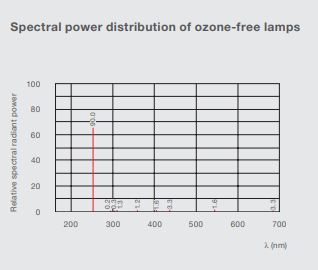
Spectral power distribution of ozone-free lamps [Osram]
The declared service life is 9000 hours. It is only important to take into account that all UV lamps degrade over time, and noticeably. It is important to take this point into account when calculating the bactericidal efficiency of a recirculator or emitter. What we will do below.
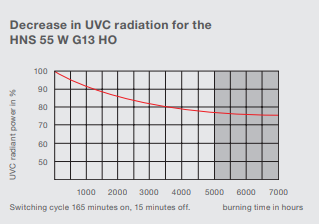
An example of the degradation rate of a 55W ozone-free lamp. For the 15 W lamp used in the device, I did not find such a graph, but the data indicated are as follows: a decrease in the bactericidal flow by 12% after 5000 hours and by 20% after 8000 hours.
And finally, we come to the most interesting thing - let's calculate what kind of bactericidal efficiency this recirculator has, i.e. whether he will cope with his task at all. To do this, we will turn to the same excellent methodology and see the basic formula for calculating.
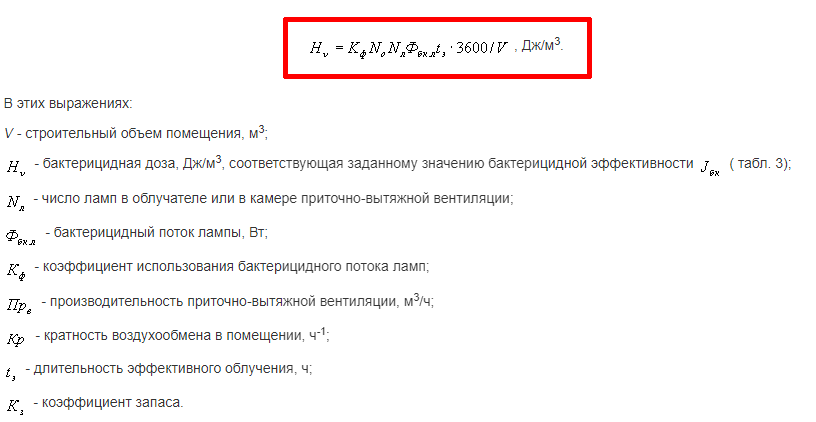
Everything is simple here, except for a couple of points:
- . 0.4 . . , , .
- . , . 1.5, , .. : , , , .
In total, with two lamps of 4.9 W of bactericidal flow and a measured capacity of 39 m3 / h, I read 241 J / m3 . Even if the actual capacity is around 60 m3 / h, we still have 157 J / m3 , which is more than 144 J / m3 we need and is enough for 95% air disinfection. With fresh lamps and normal voltage in the network, (the safety factor is minimal or absent), you can count on 99% disinfection.
Bravery and stupidity!
Okay, the device works, but we want more! What else can you think of if you have powerful UV lamps at hand in a convenient housing? ..
DISCLAIMER!
— !!! ! , — . — . Kreosan!
Well, first, you can make a UV spotlight. The back wall of the case is completely removed (unscrew the 6 bolts), the recirculator is placed on a stand and directed in the desired direction. It's quite a replacement for a "quartz" lamp for disinfecting a room (just please turn it on through an extension cord ...)
Secondly, there is enough space inside to place a medium-sized smartphone and sterilize its surface (preferably without a case!):

Algorithm of actions
1.
2.
3.
4. ???
5. PROFIT!
2.
3.
4. ???
5. PROFIT!
This is where my fantasy ended, so if you have any thoughts on how else to use such a device at home, please share it in the comments.
conclusions
In the aforementioned article on UV disinfection, the author concludes that closed recirculators are useless. My conclusions are different: with a small room (room 12-15 m2), the performance of such a recirculator is enough for constant air disinfection, even with operating ventilation (one-time air change in the room every hour).
The main question that may arise is - is it necessary at all? How much will such a device reduce the risk of infection with covid (or something else, airborne) in a room with an infected person? I think if someone sneezes in your face, it will be too late to
However, in the case of short-term contacts (bring medicines, measure temperature, etc.), the purified air should significantly reduce the chances of accidental infection. And small leaks in a respirator or glasses will no longer carry such a danger.
Naturally, the presence of a UV recirculator in the room (as well as wearing a mask) is not an absolute protection against viruses, so you should not relax. But as part of a comprehensive approach to protection and quarantine, this is a fully justified solution that can reduce the risks of infection of people in contact.
UPDATE:
Looked for specific data on UV exposure to coronavirus:
Removed under the spoiler
:
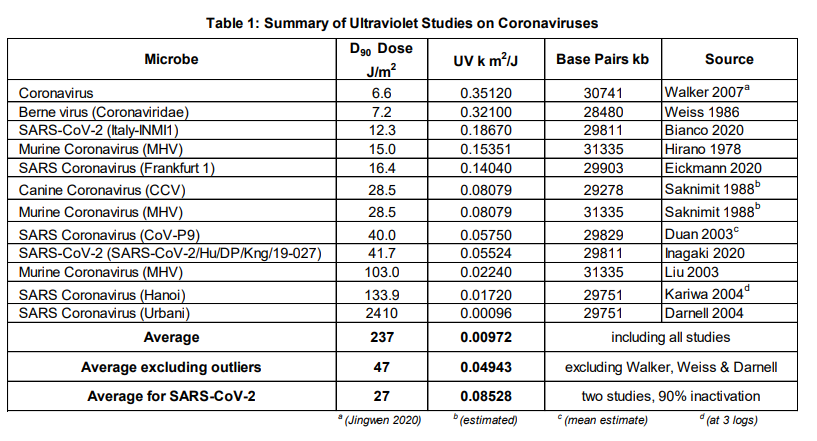
(
:

, , / ( ):

( )
.. : 36 /2 (90%) 66 /2 (99,9%)
SARS-CoV-2 ( ): 27 /2 (90%)
SARS-CoV-2 ( ): 50 /2 (99%) 220 /2 (99,999%)
, , .

(
:

, , / ( ):

( )
.. : 36 /2 (90%) 66 /2 (99,9%)
SARS-CoV-2 ( ): 27 /2 (90%)
SARS-CoV-2 ( ): 50 /2 (99%) 220 /2 (99,999%)
, , .
And in conclusion - a small survey. How relevant is this topic for your country / city (or is it that we were so unlucky in Kazakhstan and now we have to be on the alert).